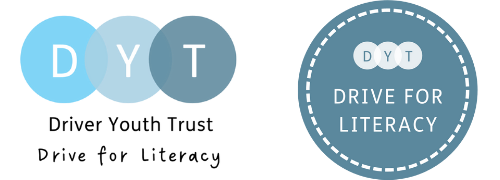What is the definition of SEND?
24/10/2016
 SEND and the SEND Register – what does it mean for pupils who are not on it?
SEND and the SEND Register – what does it mean for pupils who are not on it?
SEND is a complex issue. The number of pupils identified with SEND in the UK was five times the EU average and led the Ofsted Review in 2010 to conclude that ‘as many as half of all pupils identified for School Action would not be identified as having special educational needs if schools focused on improving teaching and learning for all.’ Things needed to change.
The Children and Families Act (2014) states that a child or young person has:
Special educational needs – if they have a learning difficulty or disability which calls for special educational provision to be made for them (Section 20).
Special educational provision – is provision that is additional to or different from that which would normally be provided for children or young people of the same age in a mainstream education setting (Section 21).
The new teaching legislation and the code of practice is structured around quality first teaching and the graduated response, all elements promoted by Drive for Literacy. There is also reference to schools needing to record data on the provision provided for those with SEND.
Such a definition is problematic, because what ‘learning difficulty’ and ‘additional/different’ provision mean are open to subjective interpretation.
For example: if two children have reading ages below their chronological age, one might have specific, entrenched difficulties with phonemic awareness, whilst the other might have nothing wrong with them other than that they simply have never been taught properly to read. Whilst the first will continue to struggle with reading, the second might respond very well to good reading instruction and as a result, catch up. A SENCo who understands this will place the first on the SEND register, but not the second. A SENCo for whom this is unclear, might place both on the register. Even more worrying is that a SENCo who labels children based on the provision they are getting, might – in a school where resources are limited – leave both off the register because in their setting neither pupil is in receipt of provision that is ‘different’ or ‘additional’.
It is also worth noting that many secondary school SENCos make changes to the SEND status of pupils, for different reasons. There might not be sufficient evidence that a pupil coming into their setting actually has SEND, or secondary schools might feel that the pupil’s needs do not warrant additional or different provision – sometimes because such provision is not readily available.
Three things happened recently that made me further question what is our definition of SEND and what does it mean in relation to the SEND register kept by schools? This is important, because it is mainly in relation to these pupils on the register that monitoring e.g. by Ofsted and governors, in relation to their progress, takes place.
I was reviewing for Ark schools, the information they give to SEND governors on their duties and much of it revolves around the pupils on the register. But what about the others? We are a literacy charity, so my focus is there, especially on dyslexic pupils. In my experience, few dyslexics will get an Education, Health and Care Plan (EHCP) and rarely now will be on the register and yet they have a special educational need and need special provision. Ideally, in a perfect world, the less severely affected dyslexics will get this support in class, but we know that many need more specialised support. How is a governor supposed to track their progress and school experience?
This position was highlighted when I was recently in a school where only four pupils in last year’s GCSE cohort were on the school SEND register and yet 25 (yes, 25!) pupils had a reading age, aged 16, of under 7. My instinct tells me they have a SEND and should have been on the register, but it comes back to the definition problems mentioned above – perhaps they haven’t ever been taught properly or had the right interventions, and if they had, they wouldn’t be where they were. The point is though, where is the oversight of these pupils?
Finally, another school I know only put pupils on the SEND register when the graduated response has been in place, i.e. Wave 1 and Wave 2 and a series of evidence based interventions have been tried, but still progress isn’t being made. The pupil moves onto Wave 3. This is eminently sensible in a school full of excellent teachers, with an embedded graduated response, but for many, that is not the case. Again, we have ‘missing’ pupils with SEND.
So I am back to my question of what is the definition of SEND?

